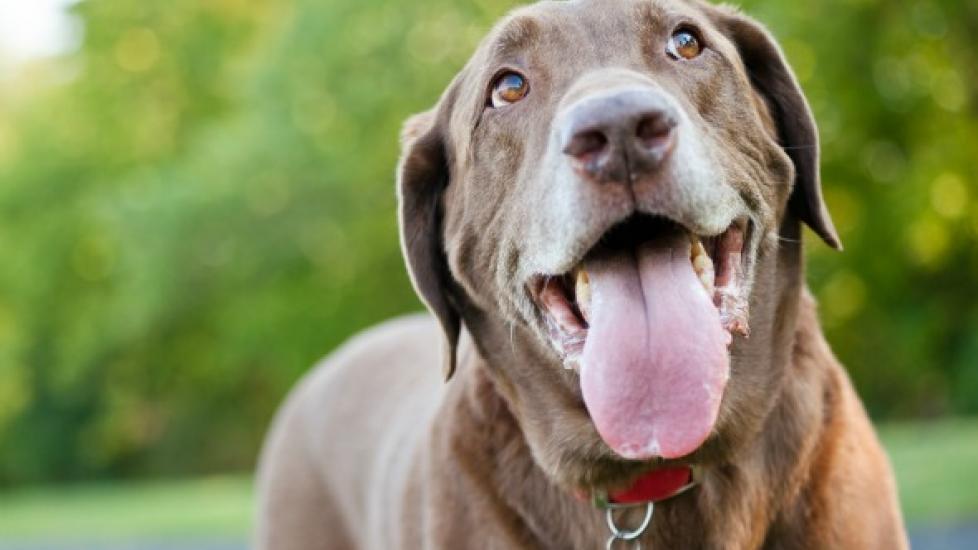Mouth Cancer (Amelobastoma) in Dogs
Ameloblastoma in Dogs
Ameloblastoma, previously known as adamantinoma, is an uncommon neoplasm that affects the tooth structures in dogs. In most cases the mass is found to be benign in nature, but a rare, highly invasive malignant form is also recognized in some dogs. It may be present at any place within the dental arcade. As with many cancers, ameloblastoma mainly affects middle-aged or older dogs.
Symptoms and Types
Ameloblastoma is usually benign in nature and remains well localized. You may notice a firm and smooth mass covering the gingival space. The presence of a mass is usually enough to convince an owner to visit a veterinarian.
Causes
The exact cause is still unknown.
Diagnosis
You will need to give a thorough history of your dog’s health and onset of symptoms. Your veterinarian will perform a thorough physical examination on your dog, with a detailed examination of the oral cavity, including the tumor mass. A complete blood profile will also be conducted, including a chemical blood profile, a complete blood count, and a urinalysis. In most cases the laboratory test results are within normal ranges and no abnormality related to this neoplasm is noticed. X-ray images of the skull will be helpful in estimating the penetration of the neoplasm within the bone structures. A computed tomography (CT) scan will give more refined results and will help in planning the treatment for your dog. Often a deep tissue biopsy will be conducted so that a sample of deeply penetrated neoplasm tissue can be examined. In this way your veterinarian can determine if the neoplasm is benign or malignant in nature.
Treatment
As with most benign neoplasm, surgical excision remains the treatment of choice for ameloblastoma. After a determination has been made of the size, location, and extent of penetration, your veterinarian will schedule a surgery to remove the entire mass. During surgery some margins of normal tissue are also removed to ensure complete excision of neoplasm. Alternatively, in some patients only radiation therapy is sufficient to completely resolve the problem, while in other patients both surgical excision and radiation therapy may be needed for a complete cure.
Living and Management
Most patients will regain normal health without any complications after surgical treatment. Follow your veterinarian’s guidelines after the initial care, including special diet recommendations, until your dog is fully recovered and has begun eating normally again. After treatment with surgery or radiation therapy, your veterinarian will schedule follow-up visits every three months for complete evaluation and progress checks. At each visit, your veterinarian will ensure that there is no re-growth of tumor.
Help us make PetMD better
Was this article helpful?
